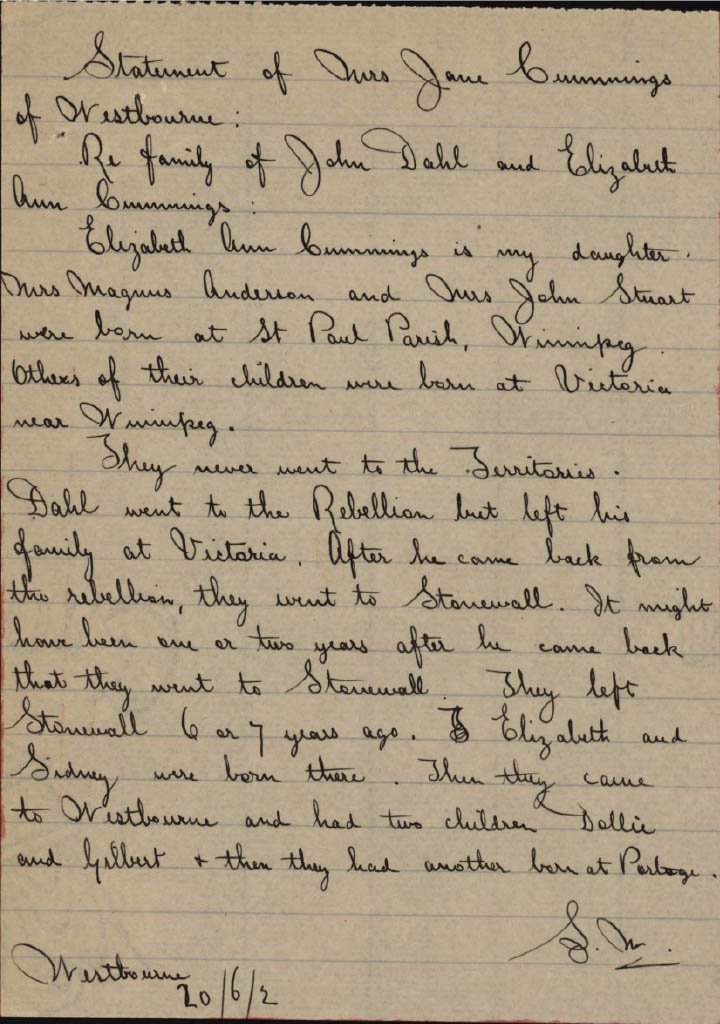Creating with Intention, Memory, and Reclamation at Banff
When people think of artist residencies, they often picture painters in mountain studios, or writers surrounded by quiet forests and journals full of poetry. But what does an artist-in-residence program look like when your tools are shears and thread, beads and patterns—when your medium is fashion?
As I begin my time at the Indigenous Haute Couture artist-in-residence program at the Banff Centre for Arts and Creativity, I wanted to share what goes into a residency like this—especially for those who, like me, express their artistry through textiles, design, and story-infused garments.
The Heart of a Residency
At its core, a residency is about time, space, and support. It’s a rare opportunity for artists to step away from the daily demands of their practice—clients, production, deadlines—and focus deeply on creative exploration and personal growth. It’s an invitation to immerse yourself in your craft, connect with community, and rediscover your voice.
For me, as a Swampy Cree and Métis fashion designer, this is also a journey of cultural reclamation. I'm here not only to design and construct garments, but to learn traditional techniques like beading, tufting, and quilling—ancestral practices that carry stories and teachings through every stitch.
What I’m Creating
While I’m here, I’ll be working on three pieces that each speak to different layers of identity, memory, and contemporary expression:
A Bridal Gown – Rooted in elegance, inspired by nature, and connection. I want this gown to reflect both traditional influences and modern Indigenous elegance with elements of the land influencing the handwork.
An Evening Dress – Playful, bold, and empowered. This piece will explore the beauty of Indigenous femininity with a fashion-forward edge and a personal connection- my family moved from Red River Settlement to Portage la Prairie, Manitoba, where one of the main crops on the family farm is canola, or rapeseed. You’ll see beautiful motifs inspired by my family’s relocation and tenacity to succeed through generations.
An Upcycled Statement Piece – This garment will begin as a pre-existing dress and be transformed into something entirely new—infused with story and printed with meaning behind our family’s Scrip.
The Power of “Scrip” in Native History
One of the most meaningful elements I’ll be incorporating into the upcycled piece is the use of Scrip. Often misspelled as “script,” the term refers to government-issued certificates given to Métis people in the 1800s in exchange for land.
These scrip documents were a tool of colonial policy: instead of honoring Indigenous land rights through treaties, the Canadian government issued these vouchers in a process that was often manipulative and devastating. Many Métis families lost their ancestral lands due to unclear processes, fraud, or coercion.
My family has a copy of a disallowed scrip in our indigenous genealogy.
What does “disallowed scrip” mean?
A disallowed scrip means the government refused to approve an individual's or family's application for scrip. The reasons for disallowing scrip varied and were often unjust. Common reasons included:
Not being able to prove Métis identity (despite clear oral histories or community recognition)
Missing deadlines or paperwork due to lack of access to information or language barriers
Being deemed "not eligible" under arbitrary or shifting criteria
Government clerical errors or inconsistencies in the application process
Why does it matter today?
Disallowed scrips are more than just paperwork—they're evidence of broken promises and colonial manipulation. Entire families were denied land and rights that should have been recognized. For many Métis people today, disallowed scrip represents generational loss of land, culture, and opportunity.
For indigenous artists, referencing or reclaiming these documents through fashion is incredibly powerful. It’s a way of saying: we remember, we resist, we reclaim.
By inking or printing my fabric to resemble a scrip document, I’m not only adding texture and visual storytelling—I’m also reclaiming the space these documents hold in our histories. I’m transforming a symbol of dispossession into a statement of presence and resistance. It’s a reminder that we are still here, still creating, still reclaiming what was taken.
Creating in a Living Landscape
Being here in Banff—surrounded by sacred land, tall trees, and snowy peaks—adds another layer to the work. The natural world feels like a collaborator. I’ll be sharing daily updates with videos of my creative process, the land around me, and insights as they rise up during this powerful time.
This residency is not about perfection—it’s about listening, remembering, and creating from a place of truth.
Thank you for following this journey with me. I can’t wait to share what grows from this sacred time.













